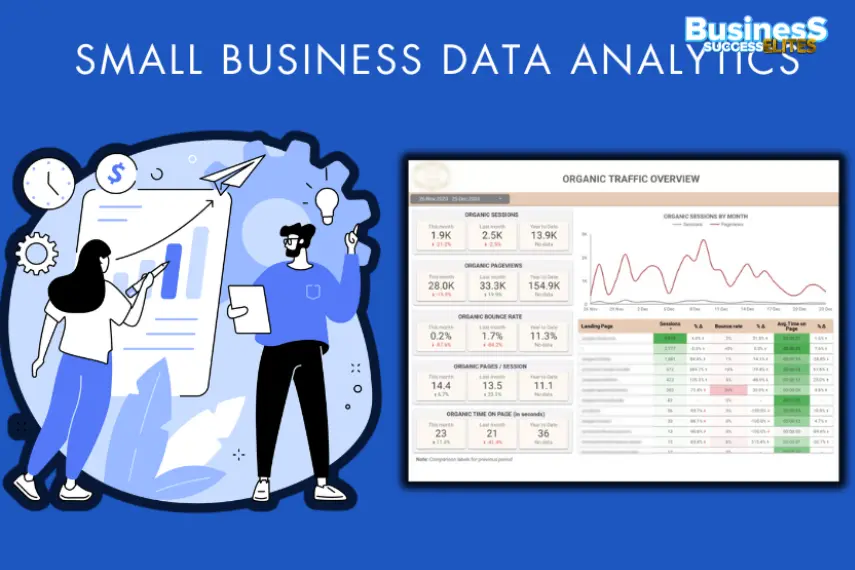 Startup Story
Startup Story
Laramy Miller is a well-known American outdoorsman, TV host, survival expert, and hunter who has gained recognition through his appearances on outdoor and hunting television shows. Best known for hosting
 Startup Story
Startup Story
VyomIC, a space technology startup founded by IIT-Madras alumni Lokesh Kabdal, Vibhor Jain, and Anurag Patil, has secured $1.6 million in pre-seed funding. The round was led by early-stage investor Speciale Invest
 Startup Story
Startup Story
In today’s fast-paced and competitive business environment, small businesses in the USA need more than just passion and a good product to succeed—they need data-driven insights. Leveraging the right information
 Startup Story
Startup Story
Machine learning (ML) has rapidly evolved from being a niche area of artificial intelligence into a mainstream technology powering industries across healthcare, finance, e-commerce, cybersecurity
 Startup Story
Startup Story
Imagine building a multimillion-dollar corporation out of your love for sneakers. Adeel Shams has accomplished just that, and you’re going to delve into the details of his amazing adventure. Adeel Shams is well-known in the shoe industry as the creator
 Startup Story
Startup Story
Nagpur, India – The beloved tea maestro, Dolly Chai Wala—whose flair-filled tea service and viral moment with Bill Gates captured the hearts of millions—has just brewed up something even bigger: a nationwide franchise rollout.
 Startup Story
Startup Story
Hyderabad, India – Chai Bisket, the creative force behind some of South India’s most compelling digital storytelling, has just raised $5 million in seed funding to launch its bold new venture — Chai Shots, a mobile-first microdrama OTT platform
 Startup Story
Startup Story
Bengaluru and US-based startup Hyperbots has secured $6.5 million in Series A funding to accelerate its mission of transforming how mid-market enterprises manage core finance and accounting operations through AI
 Startup Story
Startup Story
Mumbai-based cold-chain logistics startup Celcius Logistics has announced a ₹250 crore ($30M approx.) Series B funding round, a blend of equity and debt aimed
 Startup Story
Startup Story
Mumbai-based interior design technology startup Flipspaces has secured $35 million in a new funding round, led by growth-stage investor Iron Pillar, with support
 Startup Story
Startup Story
NeuralGarage, a cutting-edge generative AI startup based in Bengaluru, has made history by winning the prestigious SXSW Pitch Competition in the “Entertainment
 Startup Story
Startup Story
Kabir, the co-founder of Vedika Organics, vividly recollects the stark evaluation he saw among food in the U.S. And India. “In the U.S., organic meals become the norm
Top 5 Benefits of Instagram Reels for Business Growth
November 29, 2025How E-Commerce Brands Can Grow Using TikTok and Instagram Reels
November 29, 2025PhysicsWallah IPO: Price band set at ₹103-109 per share
November 9, 2025UpGrad in talks to acquire Unacademy in $300–400 million deal
November 7, 2025